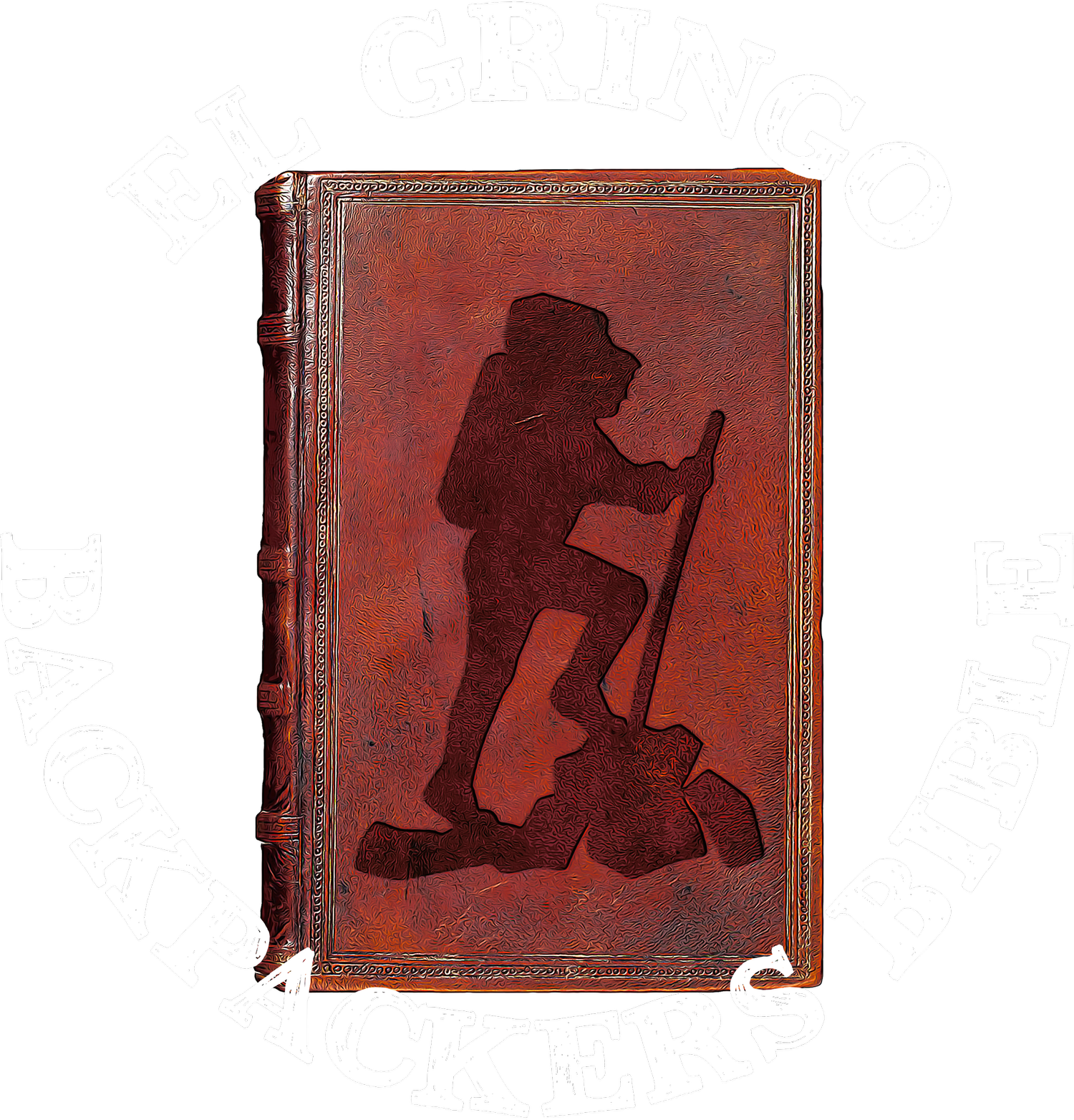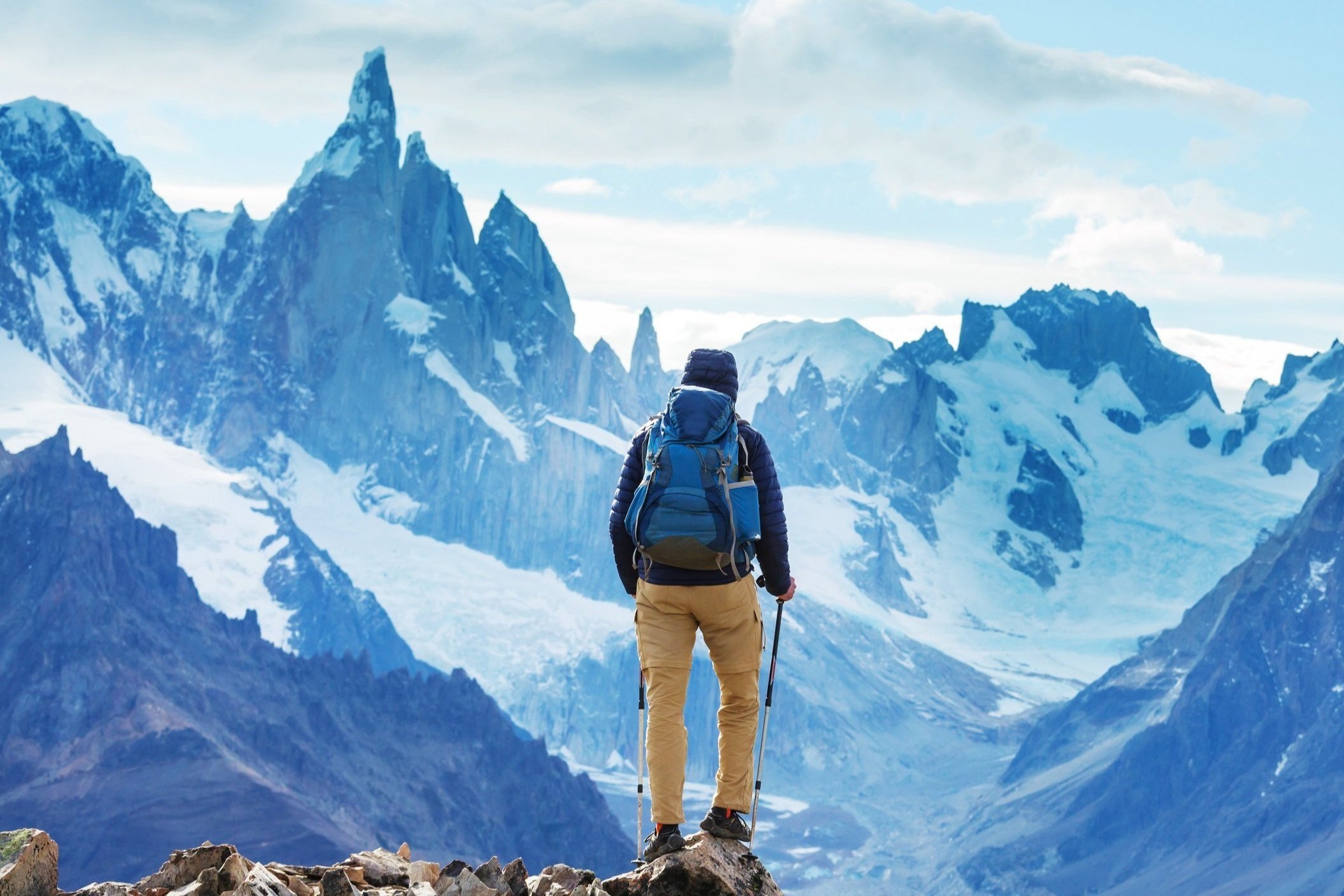
Ciudad Perdida, Colombia:
The Ultimate Backpackers Travel Guide
An Introduction To Ciudad Perdida – Colombia’s Lost City
Despite its namesake, The Lost City was never really lost.
Ciudad Perdida only became known to the world in 1972 after a band of robbers stumbled upon the site. However, the indigenous peoples of the Sierra Nevada have been visiting it for centuries. To the indigenous peoples of the region, Ciudad Perdida was once home. But they were forced to retreat deeper into the jungle after the arrival of the Spanish centuries ago.
Though the trek's popularity has been increasing, it's challenging.
Your lungs are unlikely to explode under the strain of high altitude as they would in the Andes. Neither will your bones shudder under the weight of intense cold as they would in Patagonia.
Instead, trekking to Ciudad Perdida will force you to face different challenges. The trek's physical demands will shell-shock those turning up expecting a stroll through the forest. A decent level of fitness is required.
The staggering heat and humidity will prove your worst enemy. The charm of sleeping in the jungle wears off very quickly. Being awoken at the crack of dawn for the next stage of the punishing trek is no laughing matter. It's a lengthy journey, too; you'll cover 63 kilometers and conclude the trip with a calf-shredding 1,200-step ascent to the archeological site.
Disclaimer: This article may contain affiliate links, and we may earn a small commission should you use them, for which we are incredibly grateful. However, the recommendations are still our own and intended to advise on the best possible adventure to Ciudad Perdida.
Backpacking Ciudad Perdida, Colombia: Organizing your trip
We're all for trekking independently. It's liberating and wallet-friendly. However, for Ciudad Perdida, it can't be done. Banish the idea of heading to The Lost City on your own. Only a handful of operators are licensed to offer tours.
Guided tours last four to six days, depending on your preference. There is a fixed price of 1,150,000 COP, which covers accommodation and three meals a day. This price should stay the same regardless of length or tour operator. If you do come across a tour quoting more, look elsewhere.
While it's easy to be drawn to the six-day trek, a 'more bang for your buck' mentality isn't the right way to look at things. You should seriously consider whether you can hack six days in the jungle with basic accommodation and food.
We'd opt for the five-day trek, a happy medium. This pace is strict but rarely punishing, and you won't spend too long in the jungle.
We'd also recommend finding a tour where your guide is from one of the indigenous communities of the Sierra Nevada. The overall experience will be all the better for it. These guides better understand the city's significance to the region's indigenous peoples.
When preparing to undertake the trek, don't be a hero. You don't need your big backpack. You'll only regret it. A 30-liter daypack will be ample. Most hostels will happily keep your main backpack and belongings safe while you're away on the trek. Just ask.
If you've booked the trek in Minca, you'll need to arrange transport back to Santa Marta early in the morning. Most tour operators are based in Santa Marta, and you'll need to meet at their offices.
If you're lucky, your hostel may run a shuttle service to Santa Marta specifically for the Lost City trek, so be sure to check this.
Backpacking Ciudad Perdida, Colombia: 5-day Itinerary
Day 1
You'll need to be ready to depart from your tour operator's HQ at around 9:30 AM on day one. From there, you'll be on the road for three hours as you head to El Mamey by Jeep.
After arriving at El Mamey, you'll have lunch, after which the hike begins in earnest. The first leg involves a 7.6-kilometer climb to the first campsite. En route, you'll stop for a dip in natural pools and waterfalls common throughout the area.
Arriving at the first campsite, you'll be served dinner and have a shower before settling down in your hammock for the night, ready for an early start the next morning.
Day 2
On day two, you'll be woken at the crack of dawn. Breakfast will be served at 6 AM sharp. At 8 AM, you'll depart the campsite for the next leg of the journey.
You'll spend significantly longer on the move during the second day, covering around 14 kilometers. Most tour operators will stop at a village of one of the region's indigenous communities. It's a great chance to meet the locals who call the Sierra Nevada home and learn more about their way of life and your surroundings.
When you reach the second campsite, you'll be served dinner and settle down for the night in an actual bed.
Day 3
On the third day, you'll be up early to cover a further 3 kilometers and the 1,200-step ascent to The Lost City. You should arrive at Ciudad Perdida in time to catch the sunrise.
Once there, you'll spend several hours exploring the site, of which over 90% lies beneath dense foliage. There'll be plenty of time to capture some stunning photos and learn about the archaeological site from your guide.
Once your visit to Ciudad Perdida concludes, you'll make the reverse 3-kilometer trip back down to the campsite to relax for the remainder of the day before dinner and heading to bed.
Day 4
On day four, you'll retrace your steps back down to the first campsite.
Covering the return 14 kilometers will be easier and quicker as you head downhill.
The shorter trip allows for some well-earned time to relax in the natural pools and waterfalls near the first campsite before having dinner and settling down for the night in your hammock.
Day 5
Day five kicks off with breakfast before heading back towards El Mamey.
Upon completing the 7.5-kilometer hike back to the trek's starting point, you'll have lunch and be driven back to Santa Marta, arriving between 3 PM and 5 PM.
Once there, catch the 8,000 COP shuttle service back to your hostel in Minca.
Backpacking Ciudad Perdida, Colombia: The Ultimate Packing List
What should one take on the Lost City trek? Below, you'll find a comprehensive list to ensure you're well prepared.
Essentials
Tech
Clothing - For Men
Clothing - For Women
Toiletries
Miscellaneous
Backpacking Ciudad Perdida, Colombia: When Is The Best Time To Visit?
There is reason to be wary of when you trek to Ciudad Perdida.
For starters, tours don't actually run through February, at the behest of the indigenous tribes of the Sierra Nevada.
The Sierra Nevada is subject to both wet and dry seasons. Undertaking the Lost City trek during the wet season isn't for everyone. Paths turning into muddy paddling pools, descents are more dangerous, and river crossings significantly nervier.
If you're in a position to undertake the Lost City trek during the dry season, which stretches between November and March, we recommend doing so.
Where Next?
Palomino
The Caribbean Coast
Parque Tayrona
The Caribbean Coast
You Might Also Like
Travel Insurance
The reality of travel isn't what you see on an Insta feed or in a Lonely Planet guide. Things go wrong, and shit hits the fan when they do. Find out why you need travel insurance, what it covers, costs, and where to get it.
Colombia Travel Tips
Is Colombia Safe? What’s Colombian food like? How do I get around? What’s the visa situation? Do I need any vaccinations to visit Colombia? Get the answers you’re looking for and lots more on our Colombia travel tips page.
Ultimate Packing List
Packing for South America can be a nightmare. It's a huge continent, with many countries and climates to plan for. Our packing list covers the budget backpacker, the frugal backpacker, the flashpacker, and the digital nomad.















